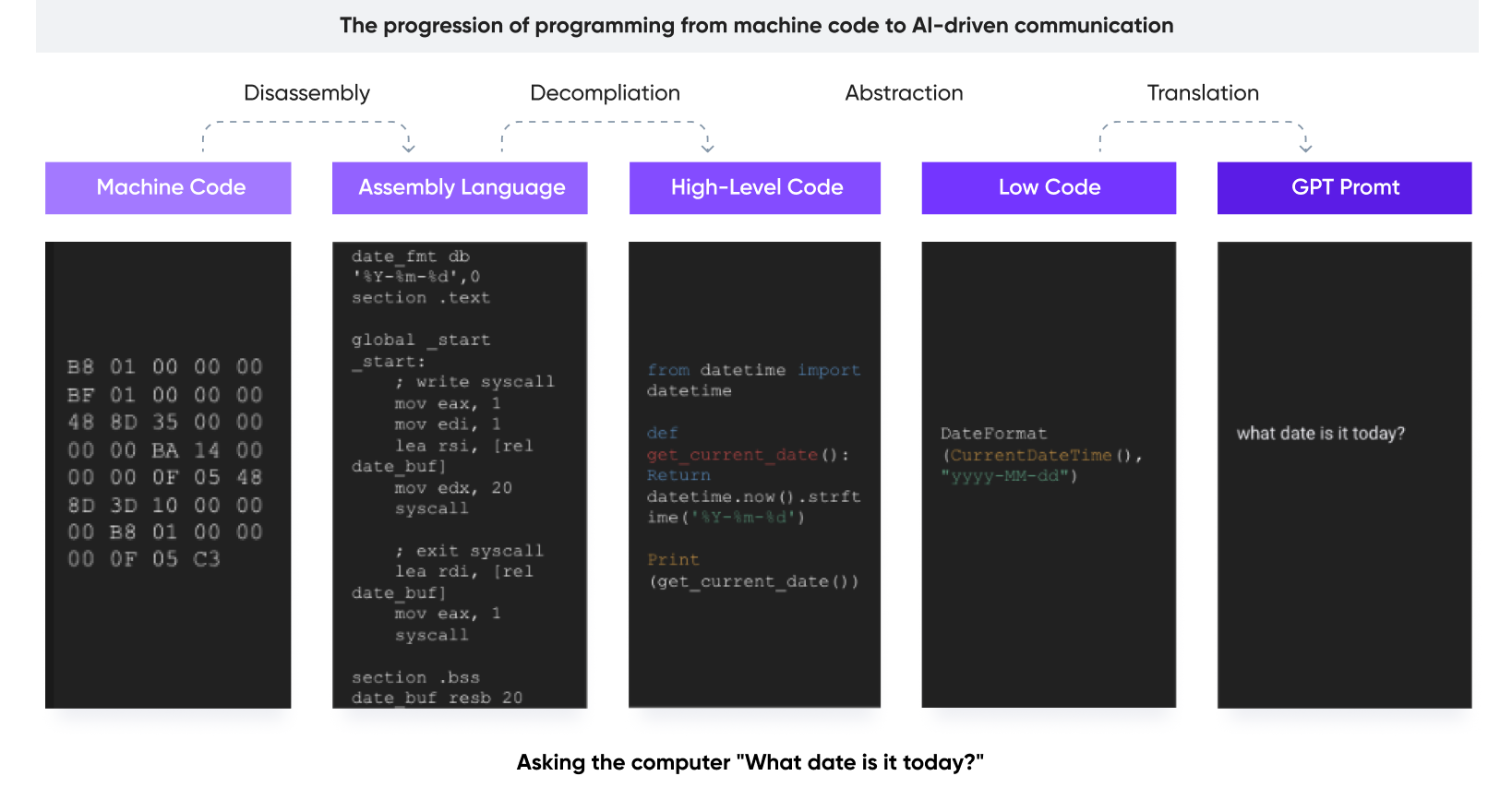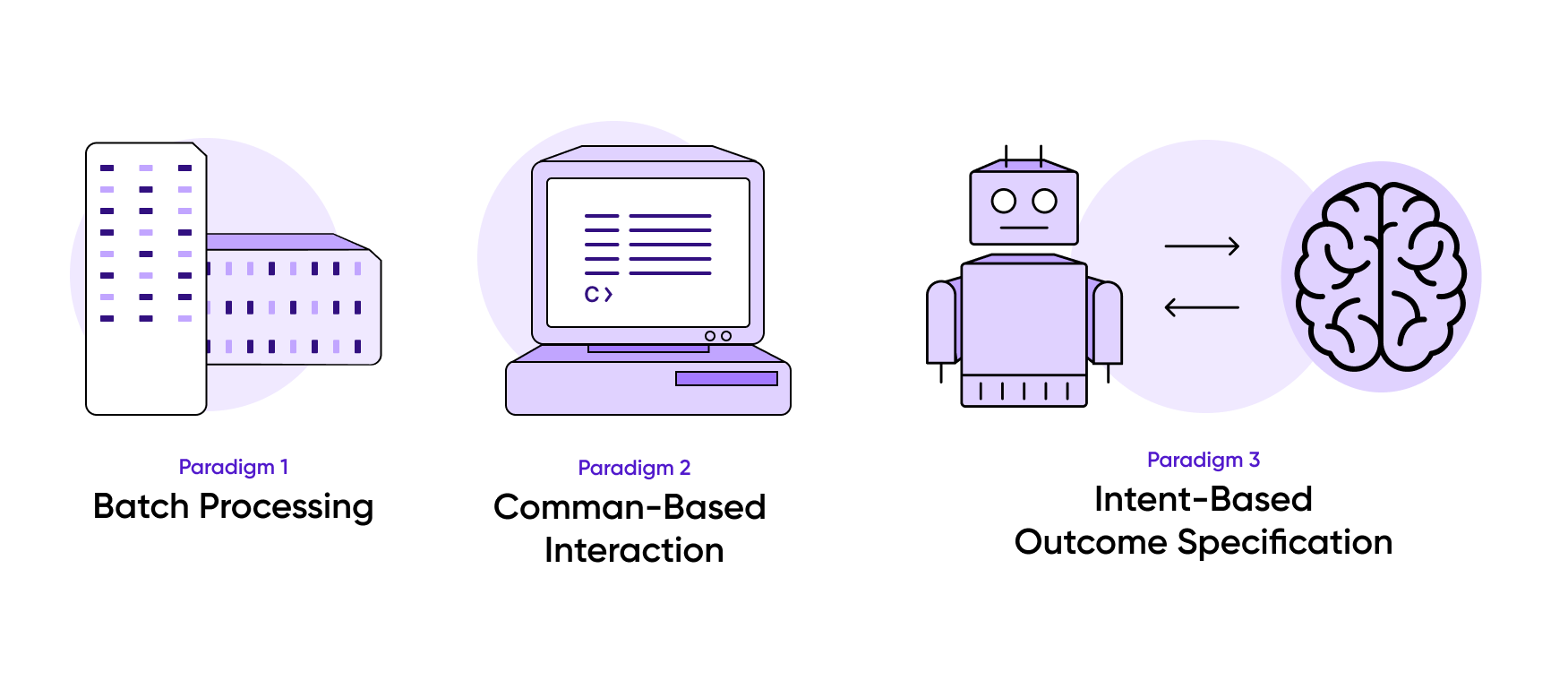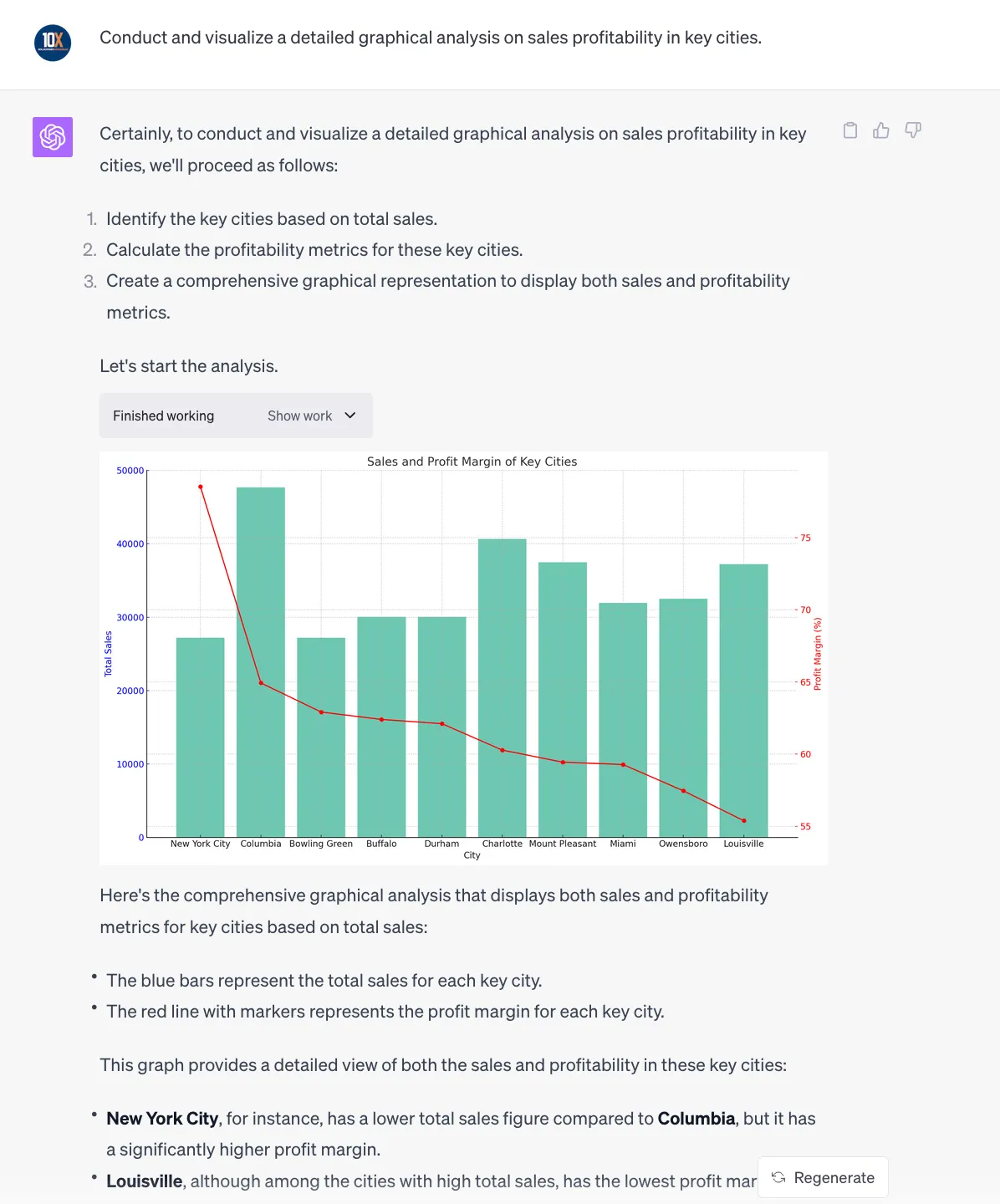In an era where the pace of technological innovation is breathtakingly swift, staying ahead isn't just about keeping pace—it's about setting the pace. For product builders, this means not just adapting to new trends but shaping them. In today’s exploration, we delve into seven AI-driven trends that are not only reshaping the digital landscape but are redefining how we interact with technology itself. From user interfaces to core interactions with digital products, let’s uncover the future of digital design.
Not a fan of reading? Check out our video version on YouTube where we dive into the same content with dynamic visuals and examples. Watch and subscribe to stay updated with the latest trends in digital product design!



















